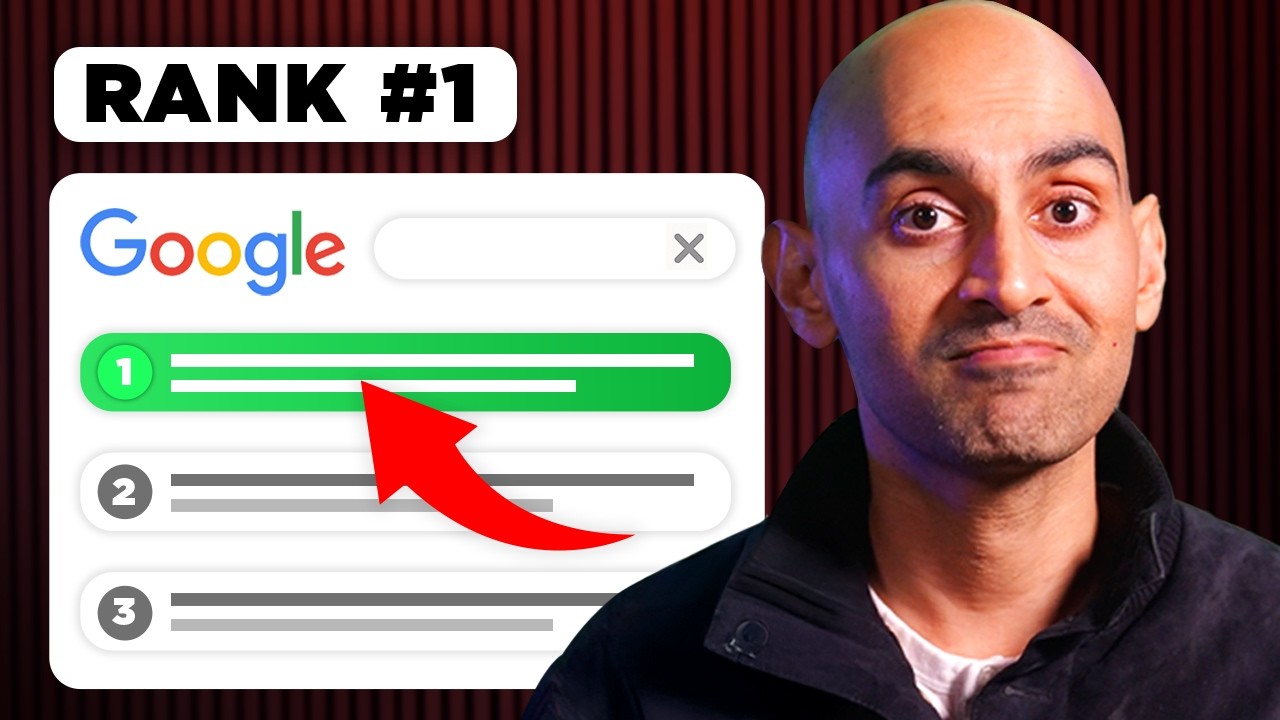Contents
Publishing an ebook can be a rewarding venture, but knowing the right steps to take is vital for your success. This guide will walk you through the entire process, from crafting compelling content to effective marketing strategies. With the right approach, you can create an engaging ebook that not only resonates with your readers but also drives sales. Let’s probe the steps that will empower you to transform your ideas into a profitable ebook.
Key Takeaways:
- Understand your target audience to tailor your content and marketing strategies effectively.
- Utilize the step-by-step framework provided for organizing your writing process and streamlining your publishing efforts.
- Incorporate effective promotional techniques to maximize your ebook’s visibility and sales potential post-publication.
Understanding Ebooks
For anyone looking to look into the world of digital publishing, understanding ebooks is your first step. Ebooks are electronic versions of written works, accessible through various devices, such as e-readers, tablets, or computers. They have revolutionized the way information is consumed, allowing authors to reach wider audiences with ease and efficiency.
Types of Ebooks
For you to successfully navigate the ebook landscape, you should familiarize yourself with the various types of ebooks available:
- Fiction and Non-Fiction
- Textbooks and Academic
- How-To Guides and Tutorials
- Graphic Novels and Comics
- Business and Self-Help
Perceiving these categories can help you tailor your writing and marketing strategies effectively.
| Type of Ebook | Description |
| Fiction | Narrative storytelling across genres |
| Non-Fiction | Based on facts, real events, or informative material |
| Textbooks | Educational and often used in academic settings |
| How-To Guides | Instructional content for specific skills or tasks |
| Graphic Novels | Stories told through illustrations and text |
Formatting and Design Considerations
To ensure your ebook stands out, focus on formatting and design. The layout, font choices, and visual elements significantly impact a reader’s experience. You want your content to be easily navigable and visually appealing, which can enhance readers’ engagement and retention.
It’s important to use proper formatting tools to create a professional-looking ebook. Consider using styles for headings to enable easy navigation and employing bullet points for clarity. Pay attention to images, ensuring they are high resolution and relevant to the text. Overall, a well-formatted and designed ebook not only attracts readers but also reflects your credibility as an author.
Key Factors for Success
It’s necessary to understand the key factors that will drive your ebook’s success. Consider implementing these strategies:
- Comprehensive market research
- Understanding your target audience
- Strong marketing strategy
- High-quality writing and editing
- Effective distribution channels
Recognizing these elements will significantly enhance your chances in the competitive ebook market. For further insights, check out I asked ChatGPT how to create and sell an ebook.
Market Research and Audience Analysis
Some of the most effective authors invest time in market research and audience analysis. Understanding who your readers are and what they crave can distinguish your ebook from countless others. Delve into demographics, reading habits, and existing gaps in the market to fine-tune your approach.
Identifying Your Niche
Even the most skilled writers struggle if they don’t pinpoint their niche. By identifying a specific area of interest or expertise, you can effectively tailor your content to resonate with a targeted audience. This focus not only enhances engagement but also drives sales.
With extensive knowledge about your niche, you can create an ebook that caters specifically to the needs and preferences of your audience. This focused approach not only boosts your credibility, but it also establishes you as an authority in that particular field. Additionally, a well-defined niche helps in marketing your ebook to the right channels and communities, driving sales and long-term success.
Step-by-Step Guide to Writing
Now that you’ve decided to write an eBook, it’s time to examine the writing process. Start by learning How to Create an eBook That Sells: A Step-by-Step Guide. A well-structured approach can significantly enhance your productivity and creativity. Below is a breakdown of important writing steps to guide you through the process:
| Writing Steps | Description |
|---|---|
| Brainstorming Ideas | Generate and select engaging topics for your eBook. |
| Research | Gather information and insights to support your content. |
| Outlining | Create a clear structure to organize your ideas effectively. |
| Drafting | Write the first draft without overthinking to maintain flow. |
| Editing | Review and refine your content for clarity and impact. |
Outlining and Structure
StepbyStep, establishing an outline is a powerful strategy that helps you organize your thoughts and create a logical flow for your eBook. Start with broad themes and gradually break them down into chapters or sections. This structured approach not only keeps you on track but also ensures your readers can easily follow your ideas from start to finish.
Writing Techniques and Best Practices
Clearly, effective writing techniques are integral to crafting an engaging eBook. Use simple language, vary your sentence structure, and incorporate visual elements like lists and images to maintain reader interest. Aim for a conversational tone that resonates with your target audience, and don’t hesitate to personalize your writing with anecdotes and real-world examples.
A well-crafted eBook thrives on clarity and engagement. Focus on your readers’ needs by addressing their pain points and offering solutions throughout your content. Edit thoroughly to eliminate jargon and ensure that each section serves a purpose. Additionally, seek feedback for an outside perspective, which can provide invaluable insights into enhancing your writing further.
Tips for Effective Publishing
Not all publishing processes are the same, and following specific strategies can make a significant difference. Focus on the following tips to enhance your publishing journey:
- Understand your target audience
- Choose the right format for your ebook
- Invest in professional design and formatting
- Set a competitive price point
- Utilize beta readers for feedback
Recognizing these elements can lead to a more successful publishing experience.
Choosing the Right Publishing Platform
Tips for selecting the ideal publishing platform include evaluating distribution options, royalty structures, and ease of use. Consider platforms that cater to your genre and offer promotional support. Review user feedback to gauge the effectiveness of each option.
Marketing Strategies for Ebooks
On the journey to selling your ebook, effective marketing strategies can significantly enhance your visibility and sales. Leverage social media, email newsletters, and blog posts to connect with your audience and generate interest.
Strategies for marketing your ebook should include building an author platform, engaging with your audience through social media, and utilizing email campaigns to keep potential readers informed. Collaborate with other authors for cross-promotions, consider creating a compelling book trailer, and explore online advertising options to extend your reach. With the right approach, you can effectively drive interest and boost sales for your ebook.
Pros and Cons of Self-Publishing
Once again, self-publishing offers both opportunities and hurdles for aspiring authors. It allows you to retain creative control over your work, but it also comes with responsibilities that traditional publishing may handle for you. Understanding these pros and cons will help you decide if self-publishing is the right path for your ebook journey.
| Pros | Cons |
|---|---|
| Full creative control | Limited distribution channels |
| Higher royalty rates | Marketing is your responsibility |
| Faster publishing timeline | Less editorial support |
| Ability to track sales and analytics | Quality control challenges |
| Opportunities for niche markets | Self-promotion can be difficult |
Advantages of Self-Publishing
An important advantage of self-publishing is the ability to maintain complete creative control. You decide the content, cover design, and pricing, ensuring that your vision is fully realized. Additionally, you can keep a larger percentage of royalties compared to traditional publishing, allowing you to better invest in future projects or marketing efforts.
Challenges and Limitations
If you choose to self-publish, you must also be aware of the challenges and limitations that come with it. These could impact your success without careful planning and execution.
Challenges include the need for comprehensive self-marketing strategies and the dedication required to learn the ropes of publishing platforms. You’ll also face quality control issues, as you may lack the professional editing and design teams typically offered by traditional publishers. This can impact the overall perception of your book. Finally, without established distribution channels, your work may struggle to reach a wider audience, making it vital to actively seek out promotional opportunities.
Conclusion
As a reminder, the journey of writing and publishing your ebook can be streamlined by following the step-by-step guidance provided. By understanding your target audience, honing your writing skills, and effectively marketing your ebook, you can significantly enhance your chances of success. Each element you implement plays a vital role in establishing your authority and ensuring your ebook not only reaches but resonates with your intended readers. Take these insights to heart, and initiate on your ebook publishing journey with confidence and clarity.








